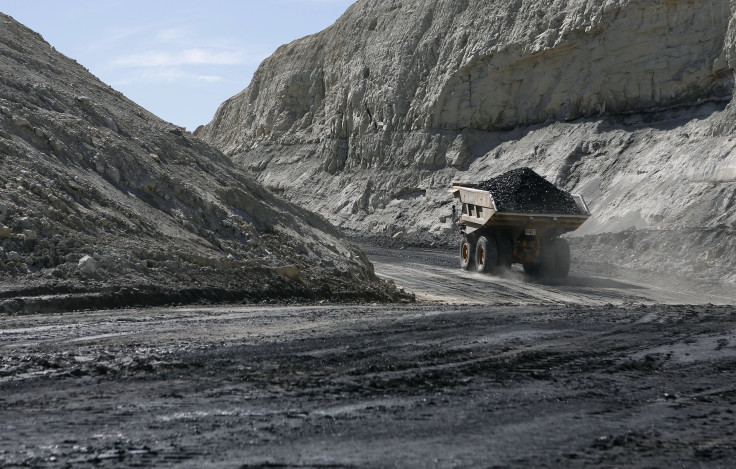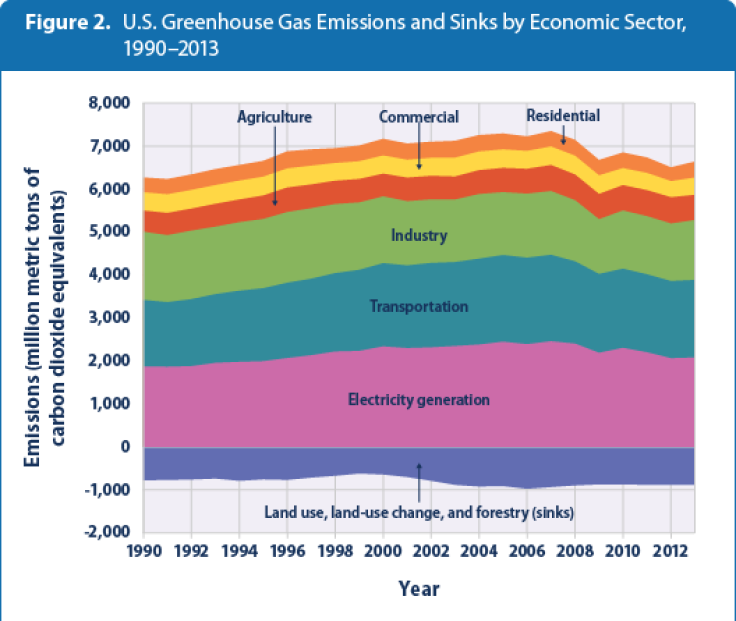Climate Change 2015: Coal Proponents File Lawsuits To Take Down Obama's Clean Power Plan

Opponents of the Obama administration’s landmark climate change policy filed lawsuits Friday to stall and overturn the rule. The legal challenges from coal-dependent states and mining companies were widely expected, as these forces have repeatedly attempted to dismantle the Clean Power Plan in the past year.
A coalition of 24 states and Murray Energy Corp., the third-largest U.S. coal producer, filed separate lawsuits with the Court of Appeals for the D.C. Circuit. The litigants asked the court to strike down the rule and delay its implementation until the court cases are resolved, The Hill reported. The National Mining Association also filed for an immediate pause to the rule’s implementation.
“The Clean Power Plan is one of the most far-reaching energy regulations in this nation’s history,” West Virginia Attorney General Patrick Morrisey, a Republican who is leading the 24-state coalition, said in a Friday statement. “EPA claims to have sweeping power to enact such regulations ... but such legal authority simply does not exist.”
Under the rule, the Environmental Protection Agency will require states to slash carbon pollution from power plants to 32 percent below 2005 levels by 2030. The goal is to encourage states and utilities to invest in solar, wind and other lower-carbon energy supplies while reducing reliance on higher-polluting sources -- namely coal-fired power plants. The electricity sector accounts for nearly one-third of total U.S. greenhouse gas emissions, the EPA estimated.

President Barack Obama proposed a draft version of the plan in June 2014 and unveiled the final version in August. West Virginia and Murray Energy led a similar coalition in two lawsuits against the Clean Power Plan, but a D.C. court deemed those efforts premature. The first suit was filed before the final rule was announced, and the second came in August, before the rule was published in the Federal Register. According to the Clean Air Act, lawsuits can only be filed within 60 days after a rule is published.
The latest round of challenges Friday came immediately after the Federal Register published the Clean Power Plan, which officially puts the rule into effect, though there are many years before compliance is required.
Opponents claimed the EPA wrongly interpreted the Clean Air Act in establishing limits on power-sector carbon emissions. Critics said the rule would sound the death knell for America’s struggling coal industry, which has seen a string of bankruptcies and widespread layoffs in recent months. Cheap natural gas and the sluggish Chinese economy are driving down demand for coal; the carbon regulations are expected to further reduce coal’s role in the U.S. energy mix.

The EPA and environmental groups said they are confident the Clean Power Plan can withstand the legal attacks. They insisted the federal government does have the legal authority to rein in power plant emissions, and they note the U.S. Supreme Court has historically ruled in the EPA’s favor on carbon-related regulations.
“It’s one thing to sue, and it’s another thing to win,” David Doniger, who directs the climate and clean air program at the Natural Resources Defense Council, said on a Thursday press call. “The Clean Power Plan rests on a strong legal foundation. Despite their rhetoric, the [plan’s] foes are unlikely to get a stay in the short run or to overturn the rule.”
States will have until 2022 to start complying with the rule, although many states are expected to start curbing emissions ahead of schedule.
© Copyright IBTimes 2024. All rights reserved.











